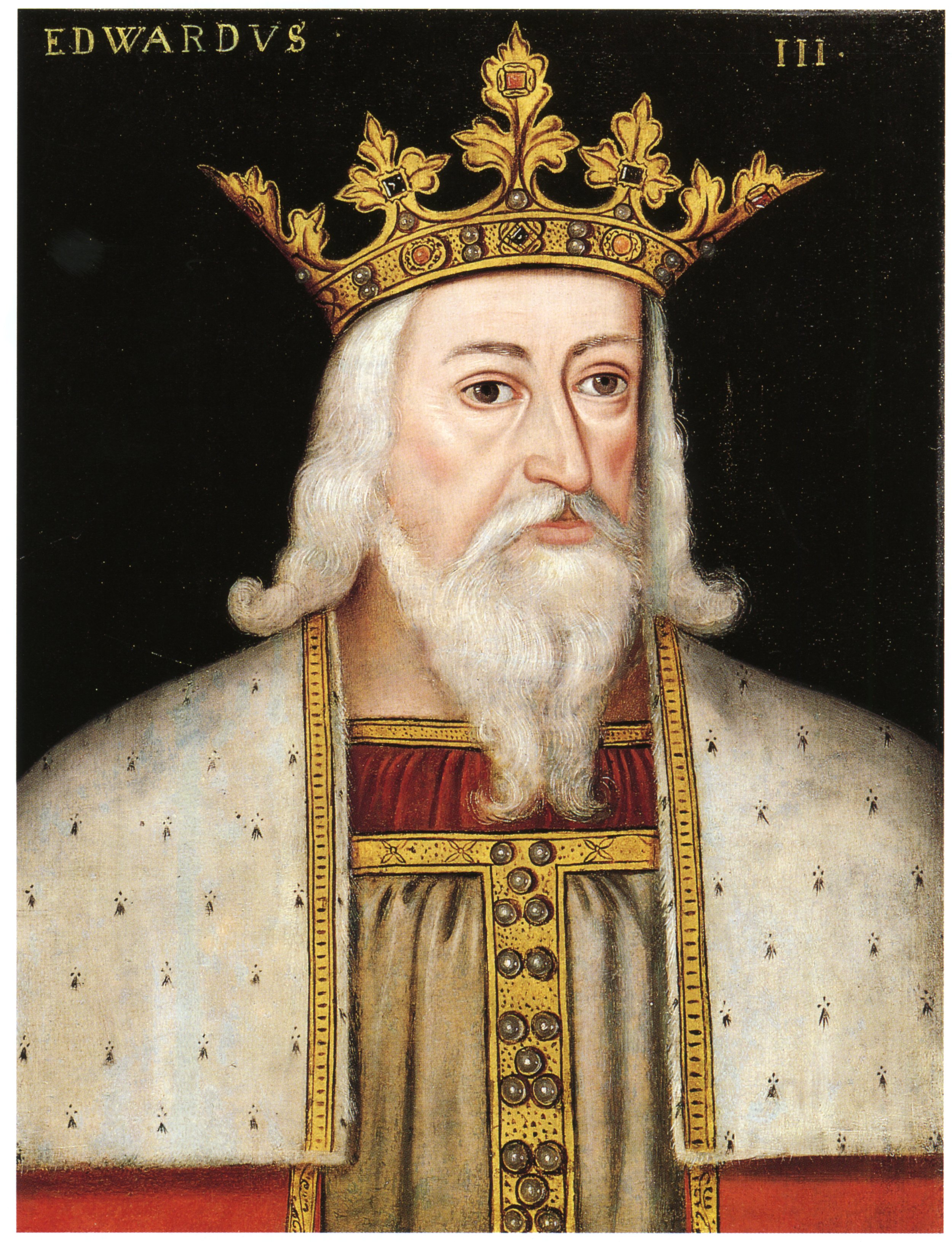"Gilded Legacy: Exploring the Majesty of Edward III's Gold Noble Treaty Period in London"
Edward III ( 1361-1369 ), image courtesy of Wikipedia
able of Contents
Introduction
The Reign of Edward III
The Gold Noble Treaty Period
The Legacy of the Gold Noble
FAQs
Conclusion
Introduction
In the annals of numismatic history, few periods evoke the grandeur and significance of Edward III.
Gold Noble Treaty Period 1361 - 1369 in London.
Marked by economic prosperity, political upheaval, and cultural refinement, this era stands as a testament to the enduring legacy of medieval England. Join us as we embark on a journey to unravel the story behind these illustrious coins.
The Reign of Edward III
A Reign of Splendour
Battle of Crécy, 1346, from the Grandes Chroniques de France, image courtesy of Wikipedia
During Edward III's reign from 1327 to 1377, England flourished militarily, with victories in the Hundred Years' War, notably at Crécy and Poitiers. His strategic marriages strengthened alliances. Economically, he boosted trade, established the gold coinage standard, and fostered a thriving merchant class. Edward III's patronage of the arts led to significant literary and architectural achievements, leaving a lasting legacy of prosperity and cultural influence in England.
The Gold Noble Treaty Period
Economic Significance
The Gold Noble Treaty Period, spanning from 1361 to 1369, marked a significant chapter in England's economic narrative, chiefly due to the introduction of the revered Gold Noble coin. Crafted with meticulous precision and adorned with intricate designs, these coins served not only as currency but also as symbols of England's economic strength and stability during this epoch. Their standardized weight and purity made them highly esteemed both domestically and internationally, fostering confidence in England's monetary system and facilitating trade with foreign partners. Beyond their economic utility, the Gold Noble coins showcased England's artistic excellence, featuring portraits of the king and intricate heraldic motifs. Their widespread circulation promoted economic stability within the kingdom, encouraging investment and stimulating commerce. Ultimately, the Gold Noble Treaty Period left an indelible mark on England's economic landscape, solidifying its position as a leading economic power in medieval Europe.
Edward III 1361-1369 Gold Noble Treaty Period 1361 - 1369, London, image courtesy of Mozeris Fine Antiques
Political Context
During the Gold Noble Treaty Period from 1361 to 1369, Edward III strategically utilized the Gold Noble coin as a diplomatic tool to strengthen alliances and project England's power internationally. Amidst geopolitical tensions, these coins facilitated trade agreements and bolstered England's reputation for economic stability. Edward III's astute diplomacy and use of the Gold Noble coin played a crucial role in consolidating England's position on the global stage.
The Legacy of the Gold Noble
Cultural Influence:
The Gold Noble's impact on English culture transcended its economic and political significance, permeating through various societal strata. These coins, renowned for their purity and elegance, quickly became emblematic of prestige and wealth, coveted by nobles, merchants, and commoners alike. As symbols of prosperity and status, Gold Nobles were proudly displayed as jewellery, incorporated into ceremonial regalia, and exchanged as prestigious gifts among the elite. Their widespread circulation not only facilitated commercial transactions but also served as a tangible representation of England's economic prowess and cultural refinement. The imagery and symbolism depicted on Gold Nobles, often featuring intricate designs and royal portraits, further reinforced their significance as objects of aesthetic admiration and cultural pride.
Numismatic Legacy:
The legacy of the Gold Noble transcends mere monetary value, enduring as a testament to the artistic and technological achievements of medieval England. Beyond serving as instruments of commerce, these coins hold intrinsic historical and cultural significance, offering invaluable insights into the craftsmanship and ingenuity of the era. Gold Nobles, meticulously crafted with precision and adorned with intricate motifs, stand as tangible artifacts of England's numismatic heritage. Their enduring allure has elevated them from mere currency to cherished relics, preserved in museums and private collections worldwide. Today, the study and appreciation of Gold Nobles contribute to a deeper understanding of medieval economics, artistry, and societal values, ensuring that their numismatic legacy continues to inspire fascination and admiration for generations to come.
FAQs (Frequently Asked Questions)
What was the Gold Noble Treaty Period?
The Gold Noble Treaty Period, spanning from 1361 to 1369, was a pivotal era in England's monetary history, marked by the introduction of the Gold Noble coin.
How did Edward III influence the Gold Noble Treaty Period?
Edward III played a crucial role in shaping the Gold Noble Treaty Period, utilizing these coins for diplomatic, economic, and political purposes.
What was the significance of the Gold Noble coin?
The Gold Noble coin symbolized England's economic stability and prestige, serving as a valuable asset both domestically and internationally.
How did the Gold Noble impact English society?
The Gold Noble had a profound impact on English society, becoming a symbol of wealth and status across all social strata.
Are Gold Noble coins still in circulation?
While Gold Noble coins are no longer in circulation, they remain highly sought-after by collectors and enthusiasts worldwide.
What is the numismatic legacy of the Gold Noble?
The Gold Noble's numismatic legacy endures to this day, serving as a testament to the artistic and technological achievements of medieval England.
Conclusion
In conclusion, the Edward III Gold Noble Treaty Period 1361 - 1369 in London stands as a testament to the ingenuity, resilience, and cultural richness of medieval England. Through its economic prosperity, political intrigue, and artistic brilliance, this era continues to captivate the imagination of historians and enthusiasts alike.





